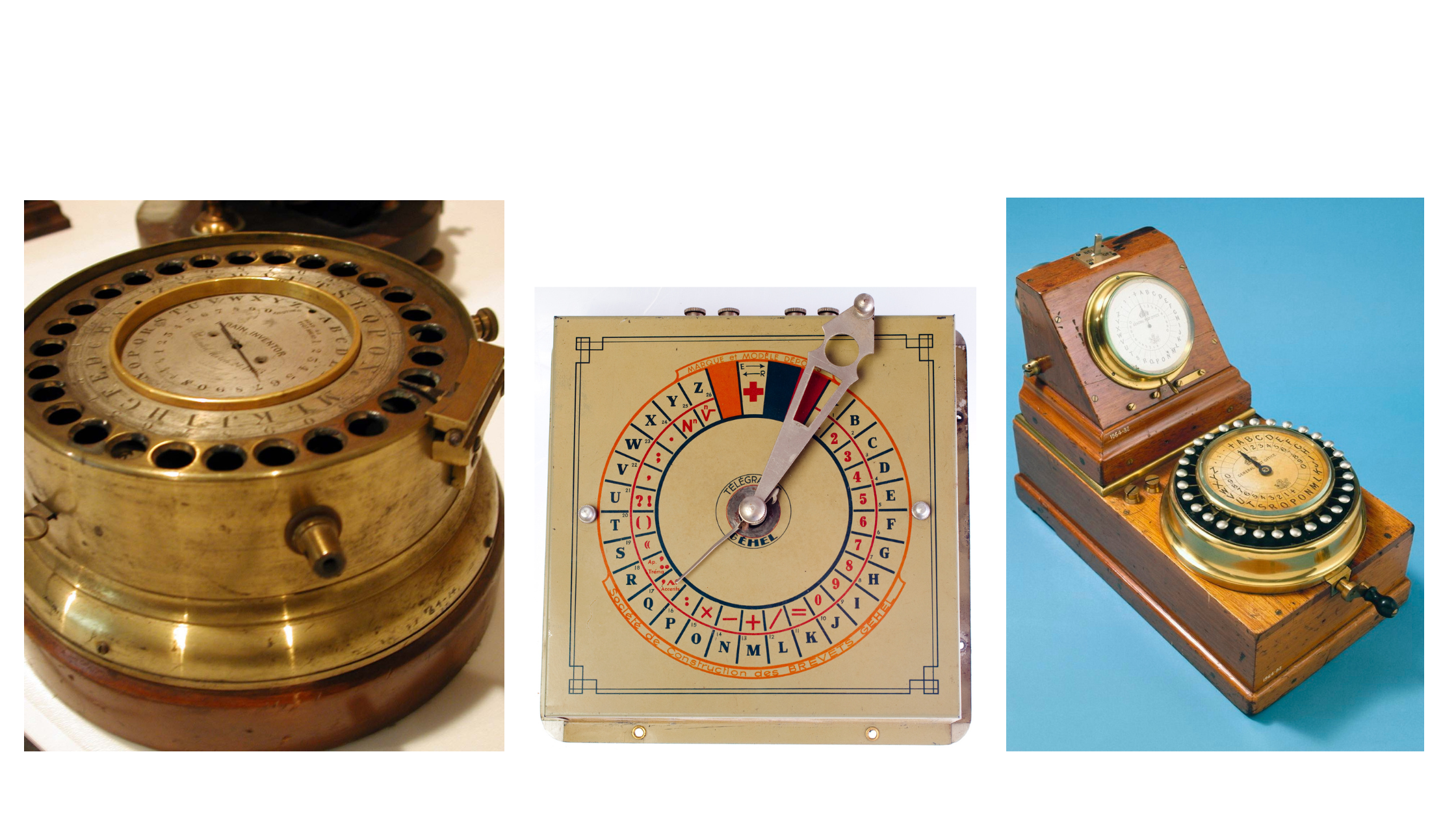
The Evolution of Communication: The Significance of the Dial Telegraph
In the progression of telegraphic communication, the Dial Telegraph stands out as a pioneering invention that revolutionized message transmission during the 19th century. This innovative system marked a pivotal moment in the history of telecommunications, offering improved efficiency and ease of use in conveying messages over long distances.
The Dial Telegraph, a groundbreaking invention in the realm of communication, emerged as a transformative technology during the 19th century. Its innovation brought about significant advancements, simplifying message encoding and decoding while enhancing the speed and accessibility of long-distance communication.
Historical Context:
The Dial Telegraph emerged as a significant development following earlier telegraph systems like the Morse telegraph and the Chemical Telegraph. Its creation was a result of continuous efforts by inventors and innovators to enhance the speed, accuracy, and accessibility of communication networks.
Development and Functionality:
The Dial Telegraph, also known as the Needle Telegraph, operated using a system of rotating needles or dials to represent alphanumeric characters. Instead of the traditional Morse code with dots and dashes, this system employed a visual representation, simplifying the process for operators and enabling quicker message decoding.
Key Components and Mechanisms:
- Rotating Dials or Needles: These were positioned to indicate letters or numbers, simplifying the encoding and decoding process.
- Electromagnetic Mechanism: Electrical impulses were utilized to control the movement of the dials or needles, corresponding to specific characters in the message.
- User Interface: Operators used a control panel to input messages, which were then transmitted electromagnetically to the receiving end.
Advantages and Impact:
The introduction of the Dial Telegraph significantly improved the speed and accuracy of message transmission. Its user-friendly interface simplified operations, reducing the training time required for operators and making communication more accessible to a broader audience. This technological advancement had a profound impact on various industries, including commerce, journalism, and government, facilitating faster and more efficient exchange of information.
The Dial Telegraph introduced significant improvements in the speed, accuracy, and user interface of message transmission. Its simplified operational interface reduced the training time required for operators, democratizing access to telegraphic communication. This technological advancement had far-reaching implications, revolutionizing industries such as commerce, journalism, and government by facilitating faster and more efficient information exchange.
Legacy and Transition:
The Dial Telegraph, with its enhanced usability and efficiency, marked a crucial transition in telegraphy. Its success paved the way for further innovations in communication technology, eventually leading to the development of more advanced telegraph systems and laying the groundwork for future telecommunication advancements.
Conclusion:
The Dial Telegraph played a pivotal role in shaping the landscape of communication during the 19th century. Its intuitive design and enhanced functionality revolutionized the way messages were transmitted, significantly impacting global communication networks. While subsequent technologies eventually superseded the Dial Telegraph, its legacy remains, representing a crucial phase in the evolutionary journey of telecommunications.
The Dial Telegraph stands as a testament to human ingenuity and technological progress. Its user-friendly design and enhanced functionality propelled a fundamental shift in the way messages were transmitted, leaving a lasting impact on global communication networks. As subsequent technologies emerged and evolved, the Dial Telegraph’s legacy persisted, representing a pivotal phase in the historical narrative of telegraphy and laying the groundwork for future advancements in telecommunication technologies.
